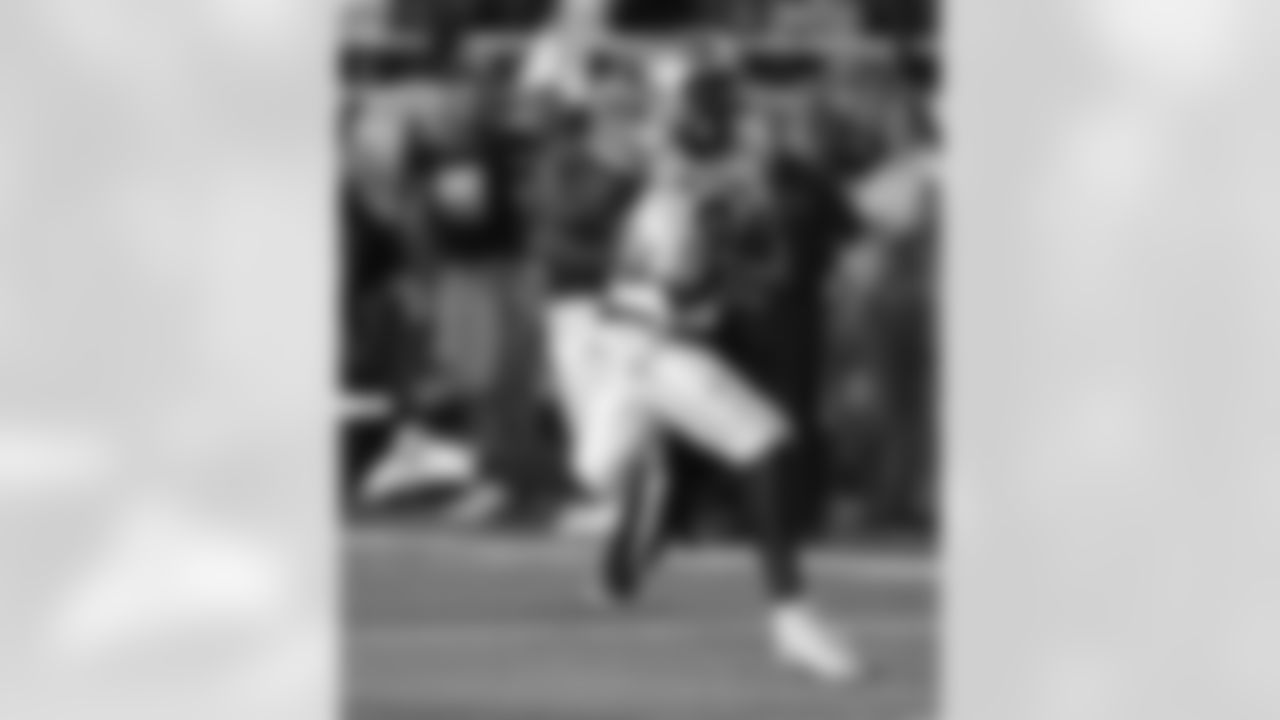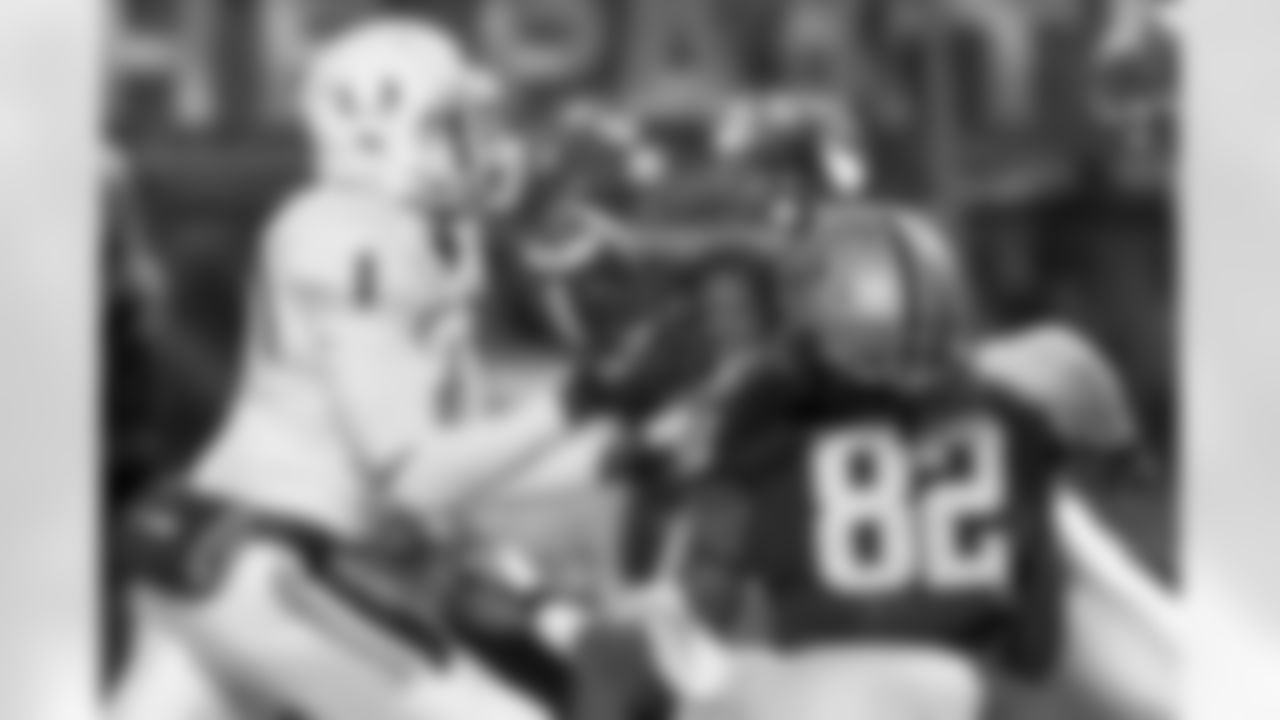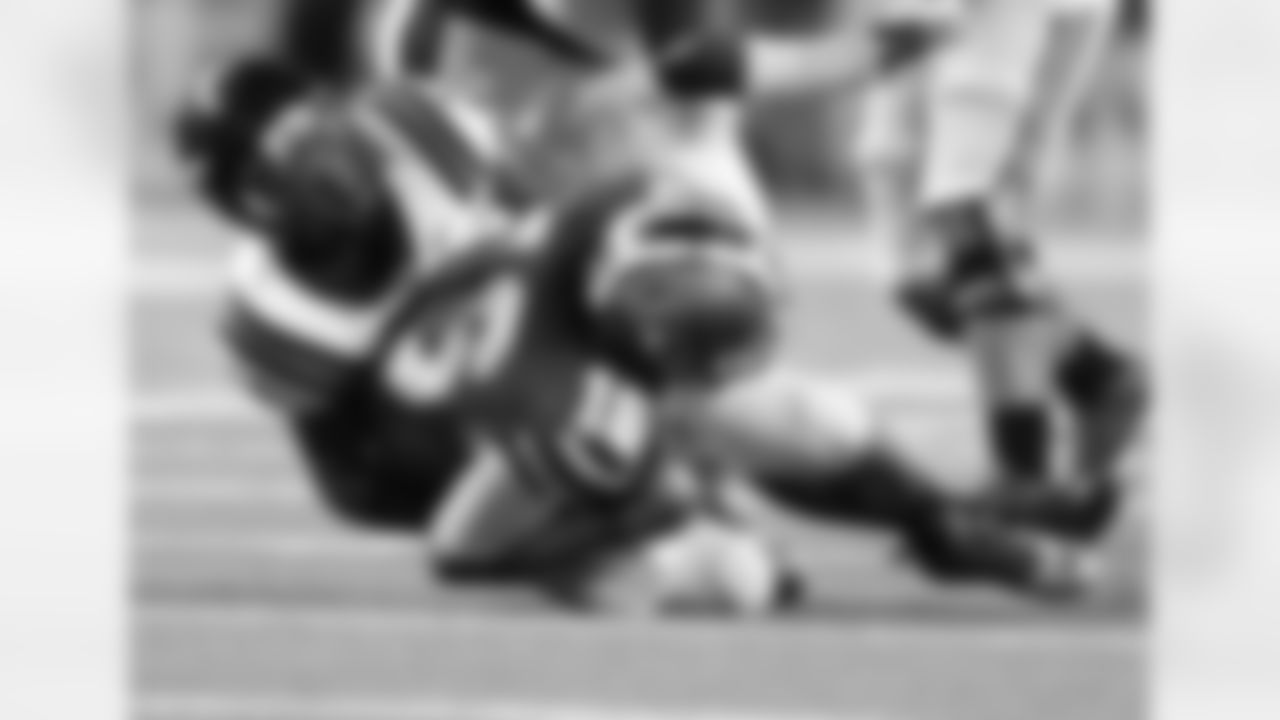Ready or not, here it comes:
- It was 1985, and the Steelers were coming off a season in which they finished 9-7 and won the AFC Central Division with three victories in their final four games, including a 13-7 war with the defending champion Raiders in Los Angeles. In the first round of the playoffs, they had gone to Denver and out-muscled the 13-3 Broncos to advance to the AFC Championship Game, where they were outgunned, 45-28, by Dan Marino and the Marks Brothers in the Orange Bowl.
- Against the Dolphins, with a trip to the Super Bowl on the line, the Steelers finished with 455 yards of offense, they converted 50 percent on third down, they averaged 4.5 yards per rush, they made plays down the field with their passing game. They lost by 17 points, 45-28, because Marino completed 66 percent and averaged 20 yards per completion, which translated into 421 yards and four touchdowns.
- Marino was finishing up just his second NFL season, and Chuck Noll always had an eye for what was next. It had happened in 1977 when the NFL had responded to the Steelers' physically dominating defense by changing some rules to make it easier for offenses to throw the football. Instead of crying over the fate of his defense back then, Noll unleashed his offense, and Bradshaw-to-Swann-&-Stallworth won two more Lombardis.
- On that 1984 offense, the Steelers had Louis Lipps, an electric receiver and returner who had scored 10 touchdowns as a rookie; Stallworth, who had turned in a 1,395-yard season as a 32-year-old; and nothing else.
- Offense in the NFL was continuing to trend toward more passing. In the late 1970s, Noll had Bradshaw throwing the ball more often, but even that was coming out of fairly traditional personnel groupings – two backs, one tight end, two wide receivers. What was happening in the mid-1980s with the Dolphins and other teams was more passing and from more multiple-receiver groupings. To stay current, the Steelers needed more weapons.
- As the 1985 draft process began, Noll began hearing a lot about a receiver from Mississippi Valley State named Jerry Rice. Noll was hearing it from Bill Nunn, the man whose successful mining of talent at the nation's historically black colleges had been turned into four of those shiny silver footballs that were in a nice case in the lobby of the team's offices. Nunn liked Rice, and as Noll watched more and more film of Mississippi Valley State, so did he.
- As the evaluation/grading process continued, Rice remained near the top of the Steelers' board, and with the team due to pick 20th overall in the first round of the 1985 draft, there was a real chance Rice would be alone at the top when their turn came.
- One other thing to understand about this convergence of events some 32 years ago is that Chuck Noll hated to use draft picks for anything other than drafting players. Noll believed in the process of scouting-drafting-teaching to build his team's roster, and after the agony of living through the third round of the 1974 draft without a pick because it had been used to bring veteran defensive tackle Tom Keating to Pittsburgh, he vowed never to do that again. Using picks as trade bait to move around within a draft to target individuals was nothing more than a different kind of waste to Noll.
- As the 1985 draft unfolded, once the Cincinnati Bengals had selected wide receiver Eddie Brown from Miami with the 13th overall selection, the Steelers were focused on Rice. Maybe too much, because when the San Francisco traded up from No. 28 overall to No. 16 overall and picked Rice two slots ahead of Pittsburgh, the Steelers didn't respond well at all to what had to be considerable disappointment at losing the player they coveted.
- Fast forward four years. It was 1989, and the Steelers were coming off a season in which they finished 5-11 after being 2-10 at Thanksgiving. They were bad on offense, worse on defense, and lacked playmakers everywhere. This was a team in transition, and being that the Steelers had the seventh overall pick, it clearly was a team needing to take advantage of its first-round position to add a dynamic talent to its roster. Somewhere. Anywhere, really.
- As the 1989 draft process continued, the dynamic talents separated themselves. Derrick Thomas and Broderick Thomas were a couple of pass-rushing outside linebackers; Deion Sanders and Barry Sanders were obviously special. Tim Worley rushed for 1,216 yards, with a 6.4 average, and 17 touchdowns as an I-back at the University of Georgia; and Andre Rison averaged 20.5 yards per reception over a three-season career at Michigan State that had him catch 146 passes for 20 touchdowns. Troy Aikman was the No. 1 quarterback prospect, and Rison's teammate at Michigan State was a real-life version of The Incredible Hulk named Tony Mandarich.
Here are some of the top cornerback prospects in the upcoming 2016 NFL Draft according to NFL.com.

Jalen Ramsey - Florida State

Jalen Ramsey - Florida State

Jalen Ramsey - Florida State

Vernon Hargreaves - Florida

Vernon Hargreaves - Florida

Vernon Hargreaves - Florida

Eli Apple - Ohio State

Eli Apple - Ohio State

Eli Apple - Ohio State

Mackensie Alexander - Clemson

Mackensie Alexander - Clemson

Mackensie Alexander - Clemson

William Jackson III - Houston

William Jackson III - Houston

William Jackson III - Houston

Artie Burns - Miami

Artie Burns - Miami

Artie Burns - Miami

Rashard Robinson - LSU

Rashard Robinson - LSU

Rashard Robinson - LSU

Kendall Fuller - Virginia Tech

Kendall Fuller - Virginia Tech

Kendall Fuller - Virginia Tech

Will Redmond - Mississippi State

Will Redmond - Mississippi State

Will Redmond - Mississippi State

Xavien Howard - Baylor

Xavien Howard - Baylor

Xavien Howard - Baylor
- That was eight players, and the Steelers were picking seventh, and so they were going to get a chance at one of them. But what if they got a chance to pick between two of them? Then what?
- It's 2016, and this year's NFL Draft is just days away now, and the Steelers have been at it for months, with most of their scouts hip-deep in it for nearly a calendar year. There have been reports written, hours of video studied, more hours of meetings, plus medicals, and interviews. There have been medical re-checks when called for, psychological tests, background checks.
- More than $1 million is spent annually on a process that this year is scheduled to add seven rookies as draft picks, plus another dozen-or-so undrafted rookies to the Steelers' existing roster. And just about the last thing they'll do in the preparation phase is hold their own mock draft.
- That's right. The most futile of all the pre-draft hype exercises – the mock draft – can be more than an attention-getting attempt by a wannabe-expert.
- A mock draft can prepare a team to respond if a player it is targeting unexpectedly gets picked right out from under it. And a mock draft can force a team to talk through options it doesn't necessarily believe it will have to face.
- And it's good to do those kinds of things, because you never know when a team will trade up 12 spots to snatch Jerry Rice from you. And you never know when two players you were eyeing might both be available to force you to make a hasty decision without fleshing out all sides and ramifications of it.
- Because when you don't do those things, you end up with Darryl Sims in 1985 and Tim Worley in 1989.














